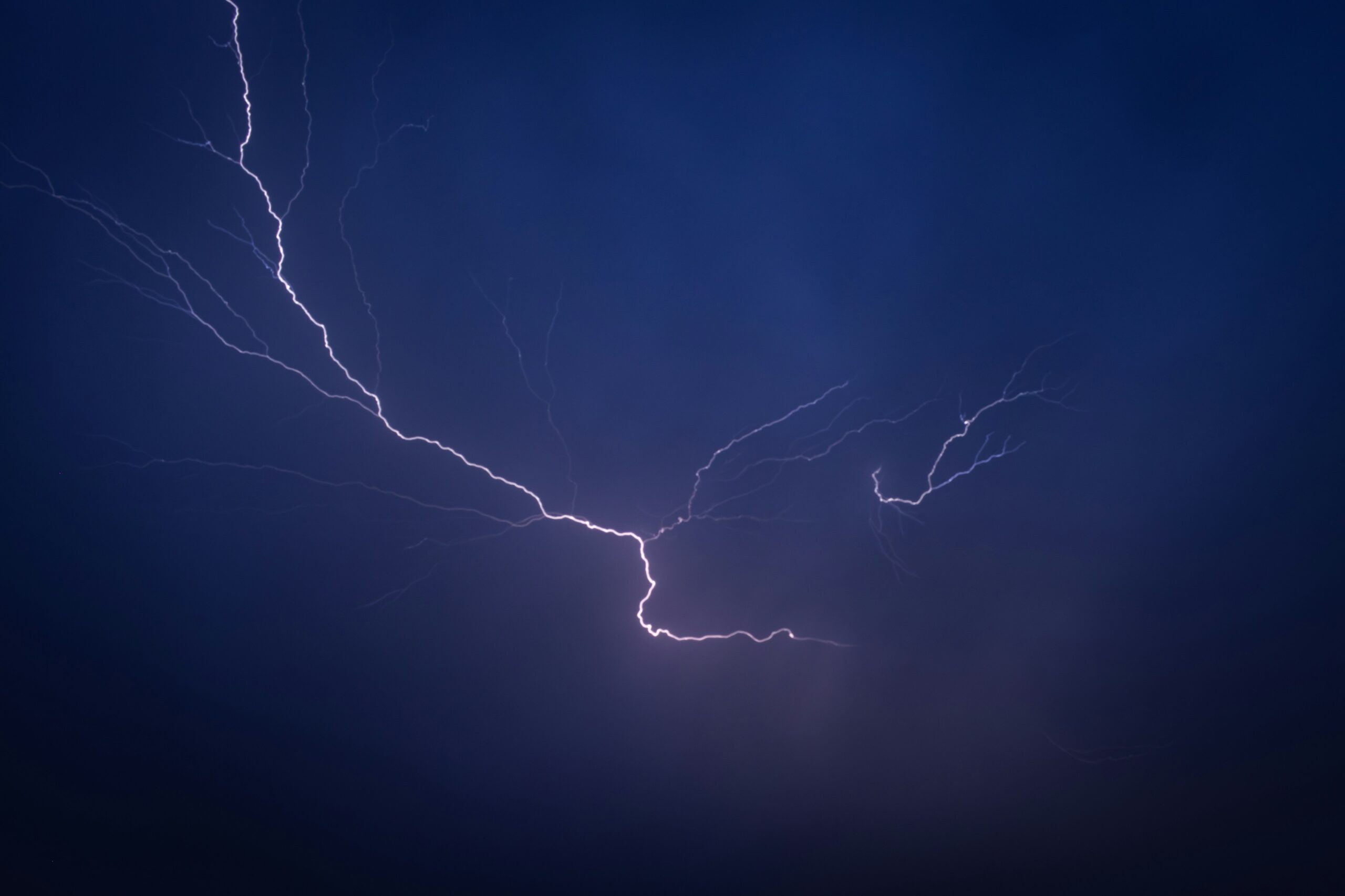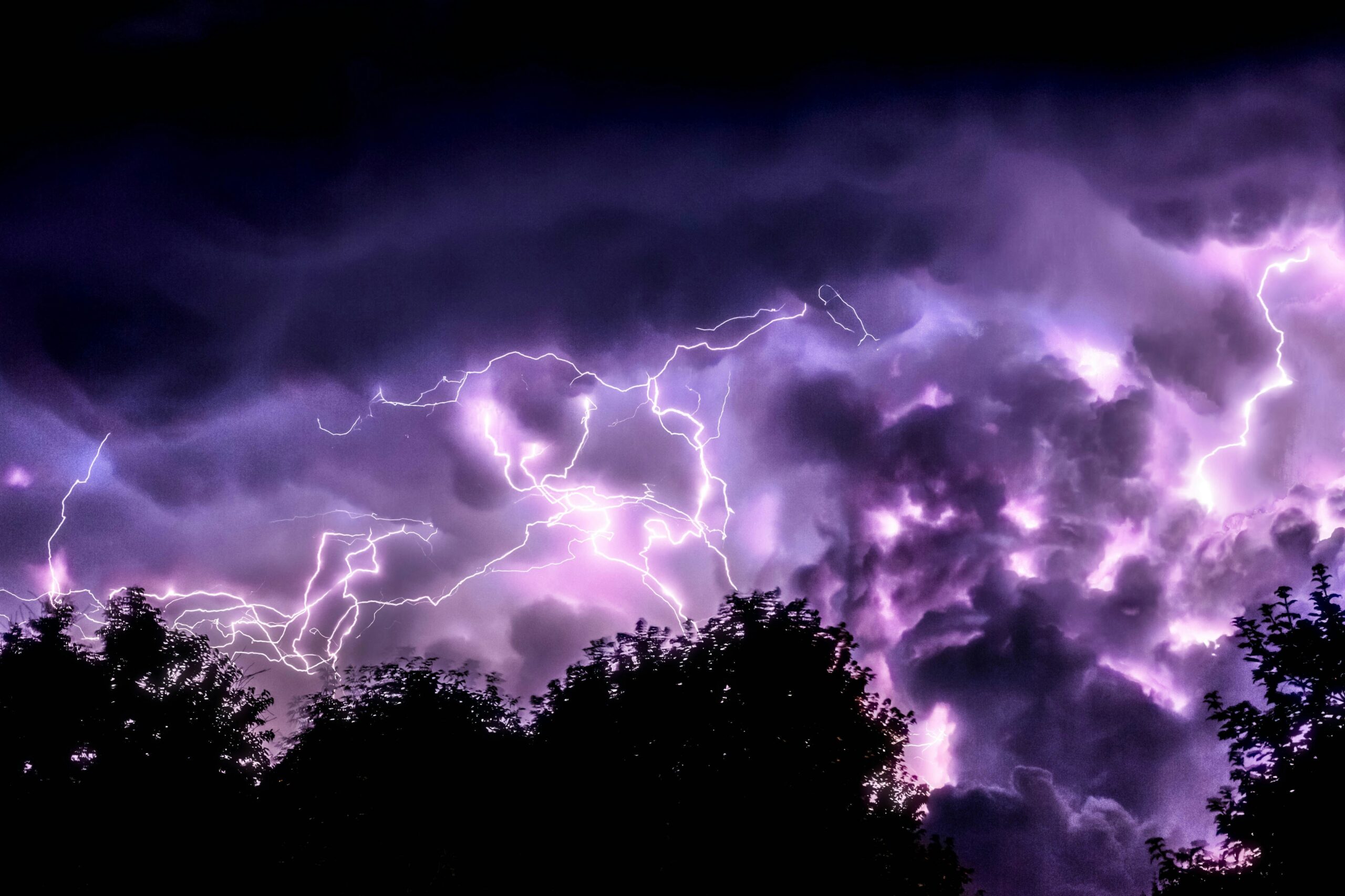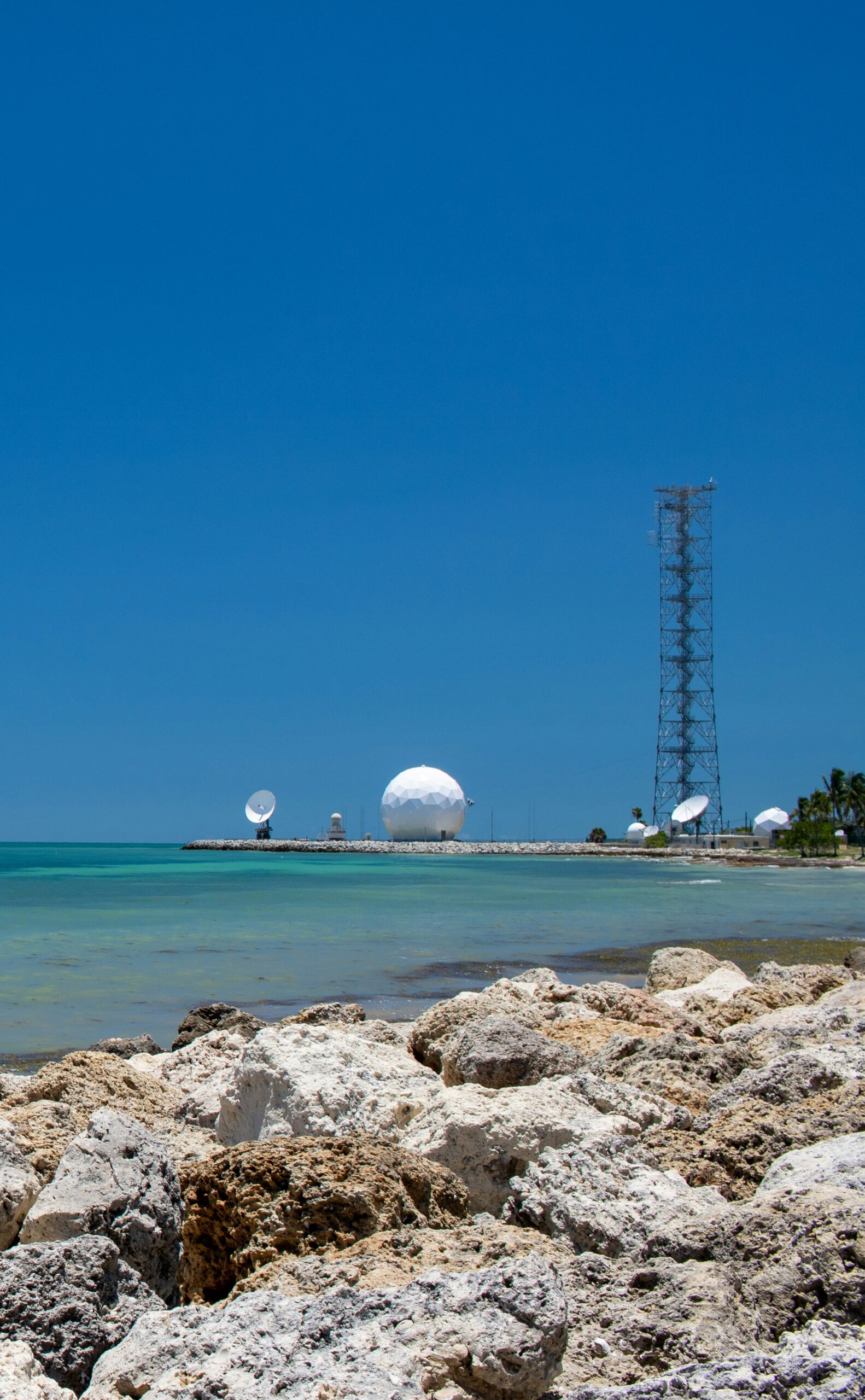Understanding Tornado Warnings and Watches
A comprehensive understanding of tornado warnings and watches is crucial for ensuring safety during severe weather events. A tornado watch signifies that atmospheric conditions are favorable for the formation of tornadoes. It essentially serves as a heads-up, indicating that individuals should stay alert and be prepared to act swiftly if the situation escalates. Watches are typically issued several hours in advance, covering a broader area where tornadoes could develop.
In contrast, a tornado warning is a more urgent alert, issued when a tornado has been sighted or indicated by weather radar. This means that immediate action is necessary to protect lives and property. When a tornado warning is announced, individuals should seek shelter immediately, ideally in a basement or an interior room on the lowest floor of a sturdy building, away from windows and exterior walls.
The process of issuing these alerts involves sophisticated meteorological tools and expertise. Meteorologists utilize Doppler radar, satellite imagery, and computer models to analyze weather patterns and predict the likelihood of tornado formation. When conditions suggest an imminent threat, the National Weather Service (NWS) and other relevant agencies disseminate watches and warnings through various communication channels, including television, radio, and mobile alerts.
Understanding the difference between a tornado watch and a warning is essential for effective emergency preparedness. During a watch, individuals should review their emergency plans, ensure they have access to a safe shelter, and stay updated on weather developments. During a warning, immediate actions such as seeking shelter can significantly reduce the risk of injury or death.
In conclusion, knowing how to respond to tornado watches and warnings is a vital component of navigating severe weather safely. By staying informed and prepared, individuals can enhance their resilience against the unpredictable and potentially devastating impacts of tornadoes.
Chicago Weather: Tornadoes and Severe Storms
Chicago, known for its dynamic weather patterns, experiences its share of tornadoes and severe storms. Historically, tornadoes in Chicago have been less frequent compared to other regions of the United States. However, the city is not immune to these powerful natural events. Notable tornadoes such as the 1967 Oak Lawn tornado and the 1990 Plainfield tornado serve as stark reminders of the potential devastation.
The frequency of tornadoes in the Chicago area, though lower, is not negligible. Data from the National Weather Service indicates that Illinois averages 54 tornadoes per year, with a significant portion occurring in the northeastern part of the state, including the Greater Chicago area. These severe storms often bring intense winds, heavy rainfall, and hail, posing substantial risks to life and property.
Chicago’s preparedness measures for tornadoes and severe storms are comprehensive. The city has implemented an extensive network of outdoor warning sirens, strategically placed to alert residents of impending danger. Additionally, public education campaigns emphasize the importance of having a safety plan, recognizing warning signs, and understanding the different types of alerts issued by meteorological agencies.
For residents, staying safe during tornadoes and severe storms involves several key steps. First, it is crucial to stay informed through reliable sources such as weather apps, local news, and NOAA weather radios. When a tornado warning is issued, residents should seek shelter immediately in a basement or an interior room on the lowest floor of their home, away from windows. It is also advisable to have an emergency kit ready, containing essentials such as water, non-perishable food, medications, and important documents.
Community awareness and individual preparedness play pivotal roles in mitigating the impact of tornadoes and severe storms in Chicago. By staying informed and following safety protocols, residents can significantly reduce the risks associated with these extreme weather events.
Nashville, IL: Weather Patterns and Tornado Risks
Nashville, Illinois, situated in the heart of the Midwest, is no stranger to severe weather, particularly tornadoes. The region’s unique geographical location contributes to a climate that can frequently produce volatile weather patterns. Tornadoes, often spawned from severe thunderstorms, pose a significant risk to the community. The town’s vulnerability stems from its positioning within “Tornado Alley,” where warm, moist air from the Gulf of Mexico meets cold, dry air from Canada, creating the perfect conditions for tornado formation.
The impact of tornadoes on Nashville, IL, has been profound. Recent events underscore the destructive potential of these natural disasters. For instance, in 2019, Nashville experienced a tornado that caused extensive property damage and left many residents without power for days. Such events highlight the critical need for preparedness and effective response strategies to mitigate the impact on the community.
Preparedness in Nashville involves a multi-faceted approach. Local authorities emphasize the importance of having a well-thought-out emergency plan. Residents are encouraged to identify safe rooms within their homes, such as basements or storm shelters, and to have an emergency kit ready. This kit should include essentials like water, non-perishable food, medications, and important documents. Furthermore, staying informed through reliable weather alert systems is crucial.
Fortunately, Nashville has several local resources dedicated to severe weather alerts and safety. The Washington County Emergency Management Agency (WCEMA) plays a pivotal role in disseminating timely information and coordinating emergency responses. Additionally, the National Weather Service provides real-time updates and forecasts, ensuring that residents receive the most accurate information possible. Community awareness programs and drills organized by local schools and organizations also contribute to a well-prepared populace.
In summary, while the risk of tornadoes in Nashville, IL, remains a significant concern, proactive preparedness and access to reliable local resources can greatly enhance community resilience. By understanding weather patterns and implementing effective safety measures, residents can better navigate the challenges posed by severe weather conditions.
Toronto Flooding: Causes and Preventive Measures
Toronto, a bustling metropolis, has experienced its share of flooding events, both historically and in recent times. The primary causes of flooding in the city are diverse, encompassing both natural and anthropogenic factors. Intense rainfall, often exacerbated by climate change, leads to the overwhelming of the city’s drainage infrastructure. Additionally, the proximity to Lake Ontario and several rivers, such as the Don River, increases the risk of water overflow during heavy precipitation.
Historically, Toronto has witnessed significant floods. The 1954 Hurricane Hazel remains one of the most catastrophic events, resulting in extensive damage and loss of life. More recent incidents, like the July 2013 flood, saw record rainfall that incapacitated transportation systems and caused widespread property damage, highlighting the city’s vulnerability to severe weather conditions.
In response to these challenges, Toronto has implemented various flood management strategies. The city has invested in upgrading its stormwater infrastructure, including the construction of larger sewers and stormwater management ponds designed to handle increased volumes of water. Additionally, the Don River project aims to reduce flood risks through naturalization and the creation of floodplains that can absorb excess water during heavy rains.
For Toronto residents, taking preventive measures is crucial in safeguarding their properties and ensuring personal safety. Homeowners should consider installing sump pumps and backwater valves to prevent basement flooding. Regular maintenance of eavestroughs and downspouts ensures proper water drainage away from the house. It is also advisable to keep valuable items on elevated surfaces, away from potential flood zones within the home.
Personal safety during floods cannot be overstated. Residents should stay informed about weather alerts and have an emergency kit ready, including essentials such as water, non-perishable food, and medical supplies. Evacuation plans should be in place, and individuals should avoid walking or driving through floodwaters, as these can be deceptively dangerous.
Through a combination of robust infrastructure improvements and individual preparedness, Toronto continues to enhance its resilience against the recurring threat of floods, striving to protect both its physical landscape and community well-being.
Illinois Tornado Alerts: A Comprehensive Guide
Illinois, being in the heart of the Midwest, is particularly susceptible to severe weather conditions, including tornadoes. Understanding tornado alerts is crucial for residents to ensure their safety. The state employs a comprehensive alert system to notify residents about potential and imminent tornado threats through various channels, including radio, television, and mobile alerts.
The National Weather Service (NWS) is the primary authority responsible for issuing tornado alerts in Illinois. These alerts come in different categories: Tornado Watch and Tornado Warning. A Tornado Watch indicates that weather conditions are favorable for the formation of tornadoes. It is a signal for residents to stay vigilant and to be prepared to take action if necessary. On the other hand, a Tornado Warning means that a tornado has been sighted or indicated by weather radar. In this case, immediate action is required as a tornado is imminent or already occurring.
Another critical alert type is the ‘alerta de tormenta severa,’ which translates to ‘severe storm alert.’ This alert is issued when severe thunderstorms, which can potentially produce tornadoes, are expected. Residents should treat these alerts with the same level of seriousness as tornado-specific warnings, as severe thunderstorms can lead to significant damage and pose a threat to life.
Local and state authorities play a vital role in disseminating these alerts. The Illinois Emergency Management Agency (IEMA) collaborates with the NWS to ensure timely and accurate information reaches the public. They utilize multiple platforms, including local siren systems, which provide an audible warning to residents when a Tornado Warning is issued.
When a tornado alert is issued, residents should immediately seek shelter in a safe location, such as a basement or an interior room on the lowest floor of a sturdy building. It is also essential to have a disaster preparedness kit on hand, which includes items like water, non-perishable food, a flashlight, and a first-aid kit. Staying informed through a weather radio or a reliable news source can provide continuous updates on the situation.
By understanding and responding appropriately to tornado alerts, Illinois residents can significantly enhance their safety and preparedness during severe weather events.
Severe Weather in St. Louis: Preparedness and Safety Tips
St. Louis, located in the heart of the Midwest, is particularly susceptible to a variety of severe weather conditions, including tornadoes and thunderstorms. The geographical location of St. Louis places it in the path of frequent weather disturbances that can pose significant risks to residents and infrastructure. Understanding the types of severe weather that commonly affect this area and taking proactive steps to prepare can greatly enhance safety and reduce the impact of these natural events.
Tornadoes, characterized by their powerful and destructive wind forces, are a significant concern in St. Louis. Thunderstorms, often accompanied by heavy rainfall, lightning, and high winds, also pose serious threats. To mitigate the risks associated with these severe weather events, it is crucial for residents to develop comprehensive emergency preparedness plans. This entails creating emergency kits that include essential supplies such as water, non-perishable food, medications, flashlights, batteries, and important documents.
In addition to assembling emergency kits, families should establish clear emergency plans that detail safe locations within the home, such as basements or interior rooms without windows, where they can seek shelter during a tornado. It is also advisable to have a designated meeting place outside the home in case of evacuation. Regular drills and discussions about the emergency plan can ensure that all family members, including children, are familiar with the procedures to follow during severe weather.
Staying informed is another critical component of weather preparedness. Residents of St. Louis should monitor local weather reports and sign up for emergency alerts from reliable sources. The city offers various community resources and emergency services that can provide assistance during severe weather events. The St. Louis Emergency Management Agency (SLMPD) and the National Weather Service are key organizations that offer valuable information and support. Utilizing these resources can aid in making informed decisions and accessing timely help when needed.
By understanding the severe weather threats in St. Louis and taking proactive steps to prepare, residents can significantly enhance their safety and resilience against the unpredictable forces of nature. Comprehensive preparedness plans, effective use of community resources, and staying informed are essential strategies in navigating severe weather challenges.
Branson, MO: Weather Challenges and Community Response
Branson, Missouri, is no stranger to severe weather, with tornadoes and flooding posing significant challenges to the community. The region’s geographical location makes it particularly susceptible to these natural disasters, requiring both residents and local authorities to be well-prepared. In recent years, Branson has experienced multiple instances of severe weather, necessitating a robust and coordinated response from all sectors of the community.
One of the primary weather challenges in Branson is flooding, often exacerbated by heavy rainfall and the overflow of nearby lakes and rivers. Flooding can cause substantial property damage and disrupt daily life. To mitigate these effects, the local government has implemented several initiatives, including the construction of improved drainage systems and the establishment of early warning systems to alert residents of impending floods. Community meetings and public information campaigns are also regularly held to educate residents on flood preparedness and response strategies.
Tornadoes present another significant threat to Branson. The city is located within Tornado Alley, making it particularly vulnerable during tornado season. In response, Branson’s local government has invested in advanced tornado detection and alert systems, ensuring that residents receive timely warnings. Furthermore, community shelters have been established throughout the city to provide safe havens during tornadoes. Regular drills and educational programs are conducted to ensure that residents know how to respond effectively when a tornado strikes.
The community’s response to severe weather extends beyond government initiatives. Local organizations and volunteer groups play a crucial role in providing support during and after weather events. These groups assist with evacuation efforts, distribute emergency supplies, and help with post-disaster recovery. Residents are encouraged to participate in these community support systems, fostering a spirit of resilience and solidarity.
For individuals, staying informed and prepared is essential. Residents should have emergency kits ready, containing essentials like food, water, medications, and important documents. It is also advisable to have a family emergency plan in place, detailing steps to take during various types of severe weather. By staying vigilant and proactive, the community of Branson can better navigate the challenges posed by tornadoes and floods, minimizing potential damage and ensuring the safety of its residents.
Thunderstorm Alerts and Safety in Yellville, AR and iDrive Arkansas
Thunderstorms are a frequent occurrence in Yellville, Arkansas, bringing with them the potential for heavy rain, strong winds, and lightning. Given the regularity and intensity of these storms, it is imperative for residents and travelers to stay informed and prepared. In Yellville, the frequency of thunderstorms peaks during the spring and summer months, often leading to flash floods and power outages. The impact on daily life can be significant, necessitating robust alert systems and safety measures.
The alert systems in Yellville are designed to provide timely and accurate information to the public. The National Weather Service (NWS) plays a crucial role by issuing watches and warnings through various channels, including local radio stations, mobile apps, and weather radios. Additionally, the iDrive Arkansas initiative has enhanced the state’s ability to manage and disseminate information during severe weather events. This program provides real-time updates on road conditions, closures, and detours, which are particularly valuable during thunderstorms when travel can become hazardous.
Practical safety tips for dealing with thunderstorms in Yellville include seeking shelter indoors, avoiding the use of electrical appliances, and staying away from windows. It is also advisable to have an emergency kit ready, complete with essentials such as water, non-perishable food, flashlights, and first aid supplies. For those on the road, the iDrive Arkansas platform is an indispensable tool. By offering real-time traffic and weather updates, it helps drivers make informed decisions, reducing the risk of accidents and ensuring smoother travel during severe weather conditions.
The iDrive Arkansas program goes beyond providing alerts; it also aids in preparedness and response efforts. The platform’s comprehensive coverage includes information on weather patterns, travel advisories, and emergency contacts, making it a vital resource for both residents and visitors. By leveraging technology and community engagement, Yellville and the broader Arkansas region are better equipped to navigate the challenges posed by frequent thunderstorms, ensuring the safety and well-being of all.



